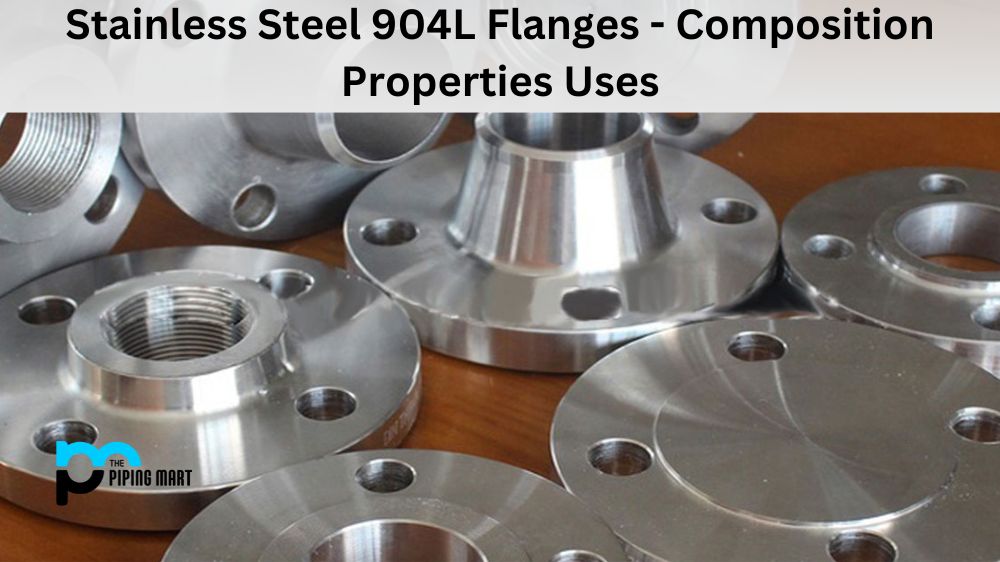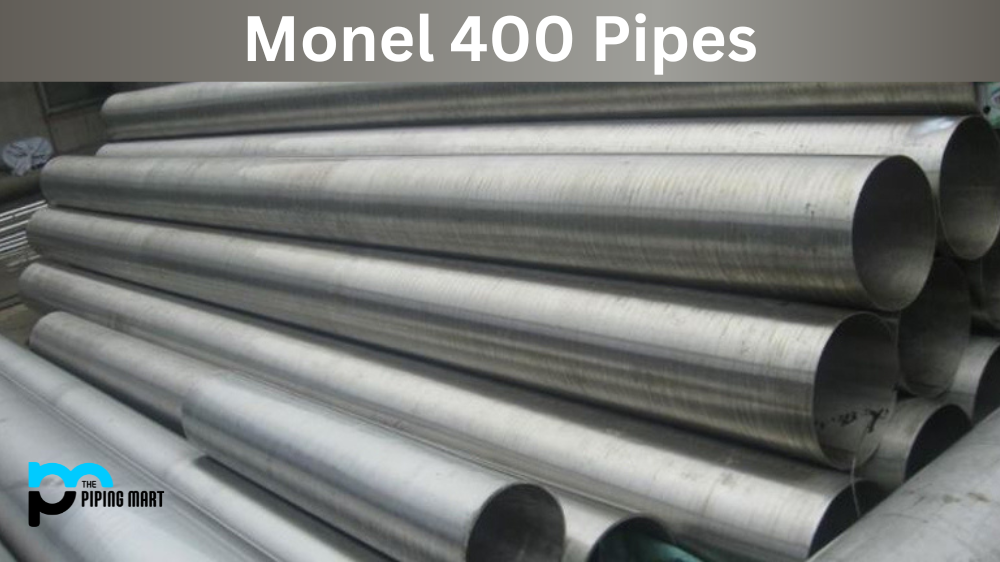Aluminum has been a material of choice in various industries due to its lightweight yet strong characteristics. One of its widely used alloys is the aluminum 2014 bars. This type of aluminum alloy is known for its excellent strength, machinability, and durability, making it ideal for different aerospace, automotive, and construction applications. To help you understand aluminum 2014 bars, this blog will discuss their composition, physical and mechanical properties, uses, heat treatment, and corrosion resistance.
What is Aluminum 2014 Bars?
Al 2014 Bars are high-strength, heat treatable alloys with excellent machinability and weldability. They provide superior fatigue resistance, strength-to-weight ratio, and corrosion resistance in various environments. Highly popular for aerospace structures and industrial applications.
Aluminum 2014 Bars Composition
2014 Aluminum bars comprise aluminum, copper, iron, manganese, and silicon. Copper is the most significant alloying element that provides excellent strength and machinability. Iron, manganese, and silicon are added to enhance their strength, ductility, and corrosion resistance. The chemical composition of aluminum 2014 can vary depending on the supplier and the desired properties required by the end-user.
| Alloy | Si | Fe | Cu | Zn | Mn | Mg | Ti | Other | Cr | Ni | Others | Ti+Zr | Al |
| 2014 (min) (max) | 0.50 – 0.90 | 0.0 – 0.50 | 3.90 – 5.00 | 0.0 – 0.25 | 0.40 – 1.20 | 0.20 – 0.80 | 0.0 – 0.15 | 0.0 – 0.15 | 0.0 – 0.10 | 0.0 – 0.10 | 0.0 – 0.05 | 0.0 – 0.20 | Balance |
Aluminum 2014 Bars Physical Properties
UNS A92014 bars have a 2.80 g/cm³ density, making them relatively lightweight compared to other alloys. It is also highly malleable and ductile, enabling it to be easily formed into different shapes. Its melting point is at 535℃ and it has good electrical and thermal conductivity.
Aluminum 2014 Bars Mechanical Properties
The mechanical properties of 2014 Al bars are impressive, making them a popular choice in various high-stress applications. It has a tensile strength of 483 MPa and a yield strength of 414 MPa. Its elongation ranges from 10-17%, and its hardness is between 95-110 BHN. These properties make it widely used in the aerospace industry, where high strength and low weight are critical factors.
| Alloy | Temper | UTS (Mpa) | Yield Strength (Mpa) | Elongation (%) | ||
| – | – | Minimum | Maximum | Minimum | Maximum | A 50mm (Minimum) |
| EN AW-2014 | O | – | 250 | – | 135 | 10 |
| T4 | 370 | – | 230 | – | 11 | |
Aluminum 2014 Bars Uses
DIN 3.1255 bars have various applications in different industries, including aerospace, automotive, construction, and marine. In aerospace, it is used to construct aircraft structures, such as wing spars and structural components. In the automotive industry, it is used to manufacture suspension parts, wheels, and crankshafts. In construction, it is used to fabricate structural components, such as roofing sheets, window frames, and façade cladding. In marine applications, it is used to construct boats, ships, and other watercraft due to its excellent corrosion resistance.
Aluminum 2014 Bars Heat Treatment
Aluminum 2014 bars can be heat treated to enhance their mechanical properties. The heat treatment involves heating the alloy to a specific temperature range and then cooling it down to achieve the desired properties. The T6 temper, which involves heating and quenching, is the most common heat treatment method used for aluminum 2014 bars. This process gives the alloy its highest strength and hardness levels.
Aluminum 2014 Bars Corrosion Resistance
Aluminum 2014 bars have good corrosion resistance but are lower than other alloys, such as aluminum 5052 or 6061. However, it can be improved by applying a protective coating or anodizing the surface. Anodizing involves creating an oxide layer on the surface, enhancing its corrosion resistance and wear resistance.
Conclusion:
Aluminum 2014 bars are popular in various industries due to their excellent strength, machinability, and durability. Its composition, physical and mechanical properties, uses, heat treatment, and corrosion resistance make it ideal for aerospace, automotive, construction, and marine applications. Understanding the properties and characteristics of aluminum 2014 bars can help choose the right material for specific applications.

A passionate metal industry expert and blogger. With over 5 years of experience in the field, Palak brings a wealth of knowledge and insight to her writing. Whether discussing the latest trends in the metal industry or sharing tips, she is dedicated to helping others succeed in the metal industry.




